How To Use Your Mainsheet Traveler (The Right Way)
The mainsheet traveler is one of those things it pays off to master as it can add knots to your speed. In this article you will learn how to use it well so that you leave others in the dust. Or waves. You get my point.
So how to use your mainsheet traveler?
- When close-hauled, use the mainsheet traveler to keep the boom centered
- Use the mainsheet traveler to pull the boom down to tighten the mainsail
- Reduce the boat's heel by lowering the traveler
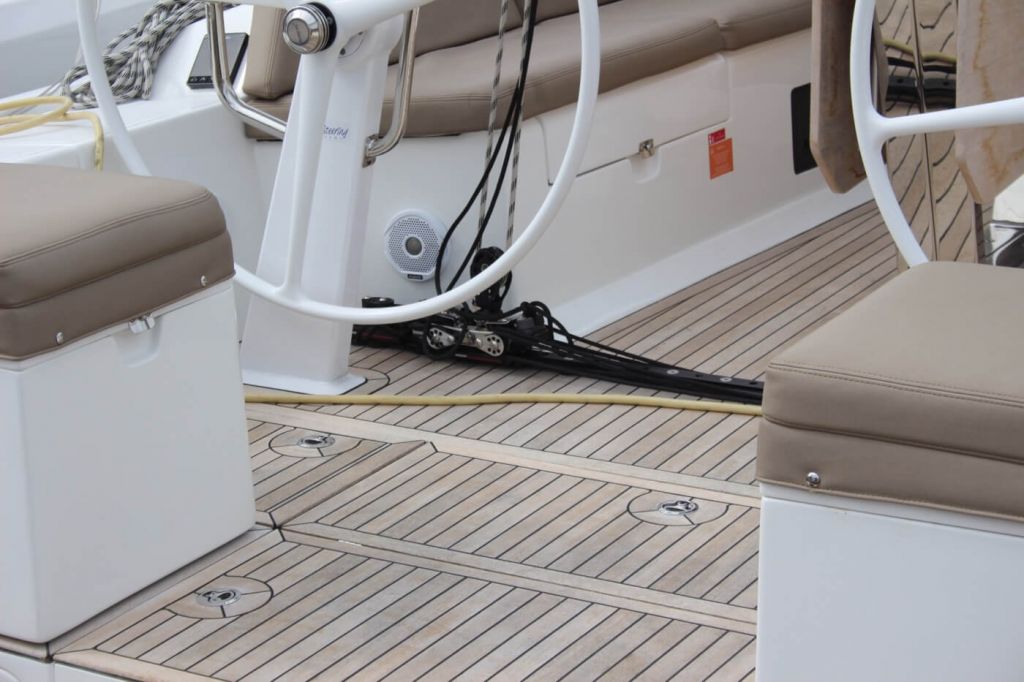
On this page:
Look, I get that tweaking your sails with all those ropes and rollers and telltales and whatnot can get a bit daunting at first. But luckily, the mainsheet traveler is not a complicated matter to understand, since its use is relatively straightforward. And it really can help you sail much faster and easier. So let's go through the points above in detail.
How To Use the Mainsheet Traveler
Before we get into the specifics of the use, let's close our eyes and shed a tear in respectful silence for all the unused main travelers. You see, sadly, it is one of the most underused parts of the whole sailing rig, especially on charter cruisers.
More often than not, you see sailors lock the traveler in the central position at the beginning of their stay on board and not move it during the whole journey. That is unless they want to reposition the boom so that the swimwear that is drying on it doesn't drip into the cockpit.
Heart wrecking, I know.
Though sailing without using the main traveler is possible, you are robbing yourself of speed, comfort and, believe it or not, you are actually doing more work than you would have to do if you took advantage of this thing.
So why is this? What good does it do to move these travelers around? As mentioned:
1. Use The Traveller To Center The Boom When Close Hauled
Especially when going upwind (or close-hauled), you want to make sure your sails are in the correct position. Going into the wind is one of those points of sail that require quite a bit of attention as if you don't get the sails right, you just won't go.
As for your boom, it needs to stay centered in such a situation. While traveling upwind, there will be quite a lot of force exerted on the mainsail by the apparent wind, pushing it away from the wind direction, which could mess up your set up. Since the connection between the traveler and boom are flexible ropes, you might need to move the traveler slightly upwind to keep the boom centered.
So keep playing with it until the boom is nicely set in the middle and tighten the ropes so that it doesn't move around.
If you want to learn more about sailing into the wind, I've written a 7-step guide on how to do it effectively. You can read it here.
2. Use The Traveller To Pull The Boom Down To Tighten The Mainsail
Especially when the wind gusts a lot, you might want to keep the sail more firm so that it doesn't 'belly out' since that would often mean a loss of power.
During those moments it pays off to pull the boom down to make sure the sail holds its form even if you are getting punched by the Anemoi themselves.
Fun fact, Anemoi are the Greek gods of wind. I thought it was Poseidon but upon googling him to find whether you write two 's' or just one, I found out he only takes care of the sea. Winds are not his department.
Anyway, to those of you thinking 'but man, pulling the boom down, that's what the boom vang is for!' yes, you are right, but boom vang works better when sailing downwind and thus the boom is wide open. On the other hand, when going upwind, when the boom is more centered, doing this with the mainsheet traveler ropes is easier and more effective.
3. Lower The Traveller To Reduce The Boat's Heel
This is a big one. The main traveler can save you tons of work and time.
A heeling boat is an inevitable part of sailing, and it looks hella cool, (or at least I'd like to think so) but once you go over a certain point, you are losing power and speed. So to reduce the risk of that or to provide your crew with a bit of comfort - since it is quite tricky to cook or use the heads when the boat is sideways - if you find it heeling too much, let the traveler out a bit.
This will reduce heeling and the weather helm. To those who haven't heard about this before - weather helm is the tendency of boats to turn into the wind and is a result of too much heeling. While you can still keep your direction, to do that, you have to steer more, thus there is more drag on the rudder, which slows your boat down quite significantly.
So that was speed - now let's explain where exactly are you saving energy.
Use the traveler instead of reefing
Using the traveler this way is much easier and faster than depowering. If the wind gets too rough, instead of reefing, you can let the traveler out. This of course does not go all the way and you will likely need to reef eventually, but the main traveler can buy you some time before you have to.
This is valuable especially in cases when there is a chance of the wind slowing down soon, thus a chance you would have to reef and then open the whole sail up soon after.
What Is A Mainsheet Traveller?
Let's make sure we all understand what this piece of equipment is. Look at a picture of most sailboats and you will find a bunch of ropes and shackles and blocks that go from the boom down, connecting it with the boat. They are usually connected either to the roof of the salon or back of the cockpit, mostly depending on the size of the boat. At the bottom, they are joined to a wheely thing that can travel horizontally left and right on a rail, taking the boom with it.
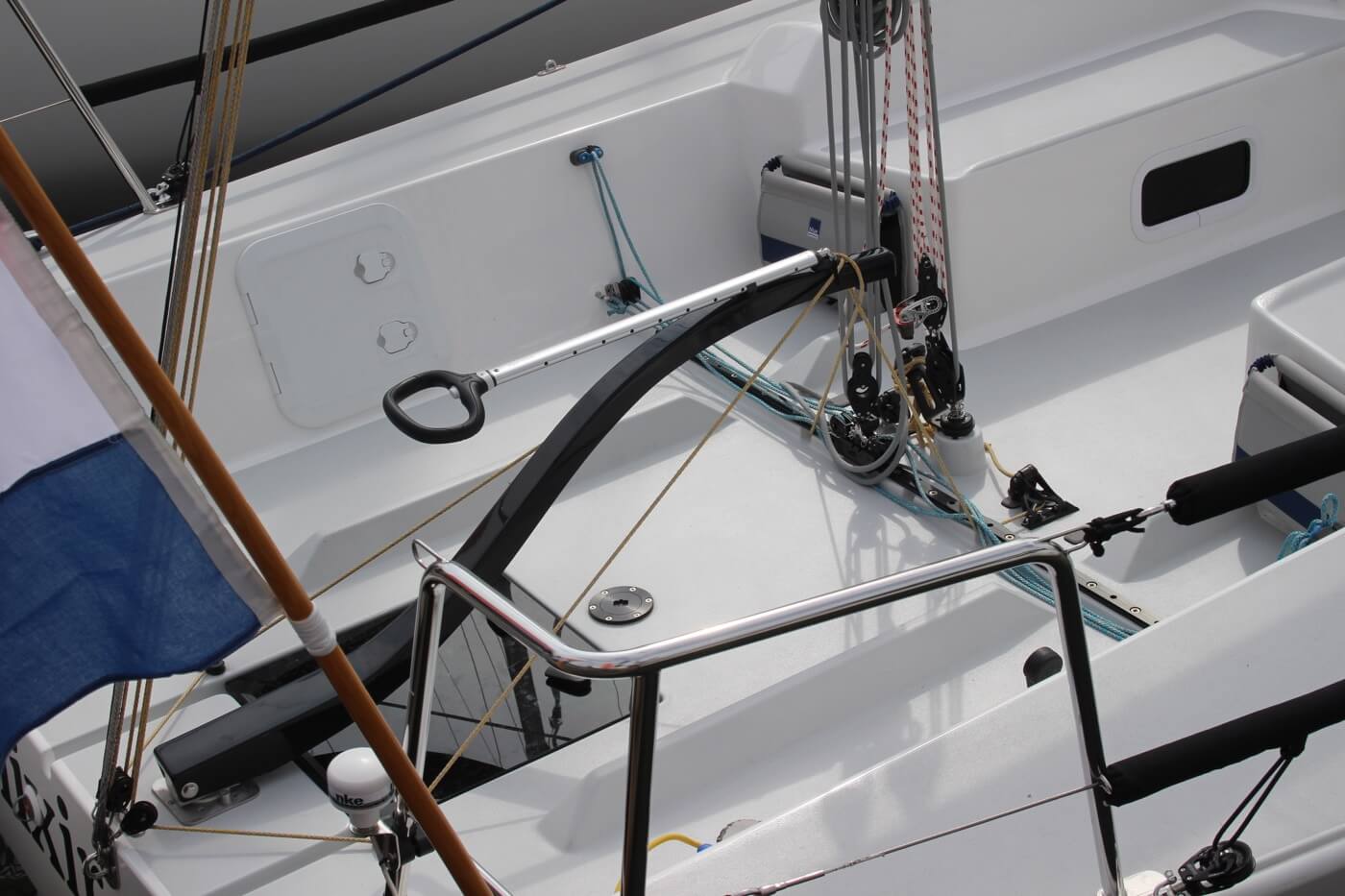
Sometimes there is not a wheely thing, but two roller systems, connecting the boom with the left and the right side of the boat. Tightening the left one and loosening the right one will bring the boom to the left and vice versa. Thus it serves the same purpose, it just takes up a bit more space.
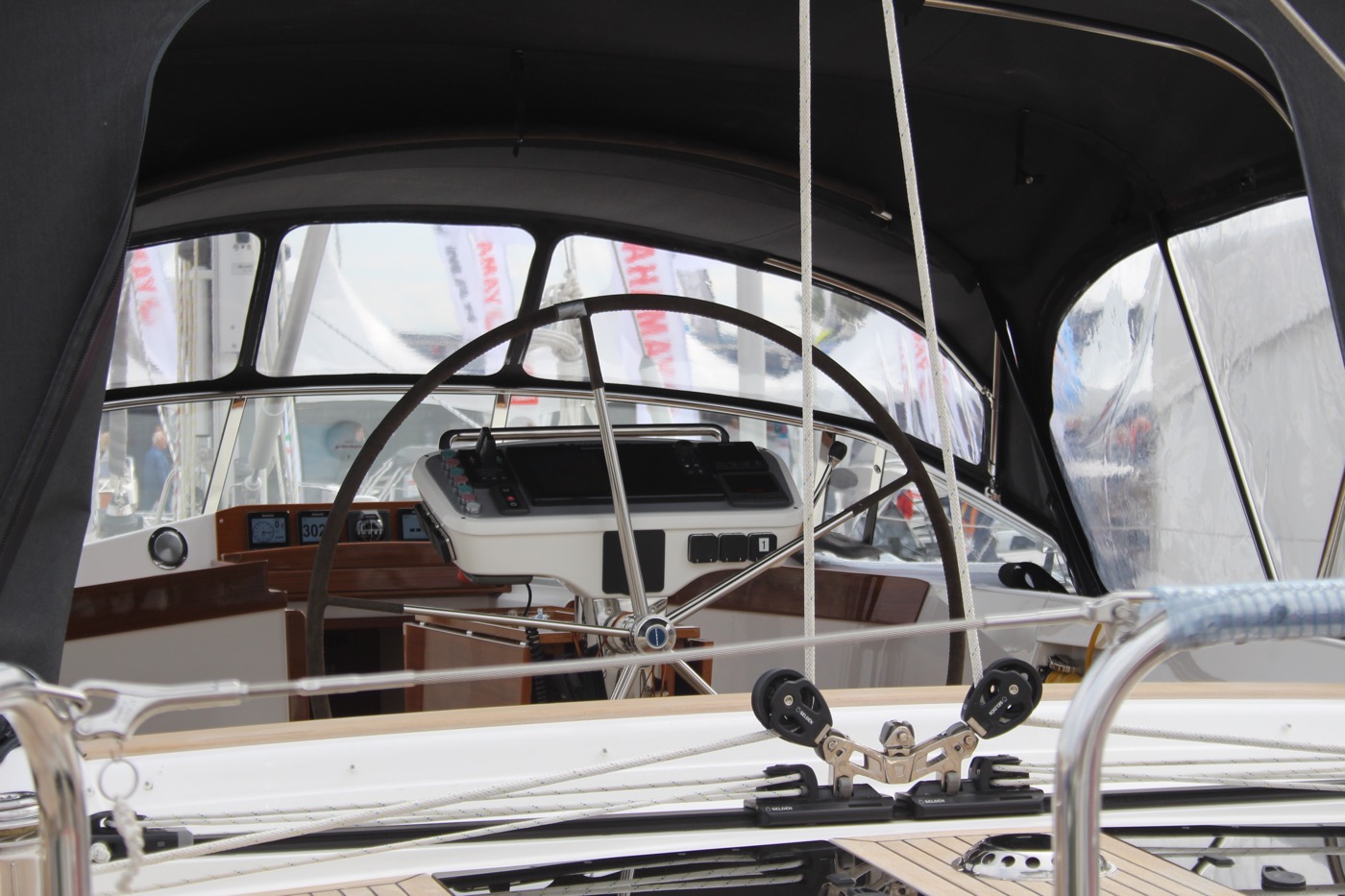
These systems come in a variety of forms and alternatives, and sometimes there is nothing at all and the boom is simply locked in a central position. Usually, though there is something, all with the same purpose - to position the boom and lock it in place.
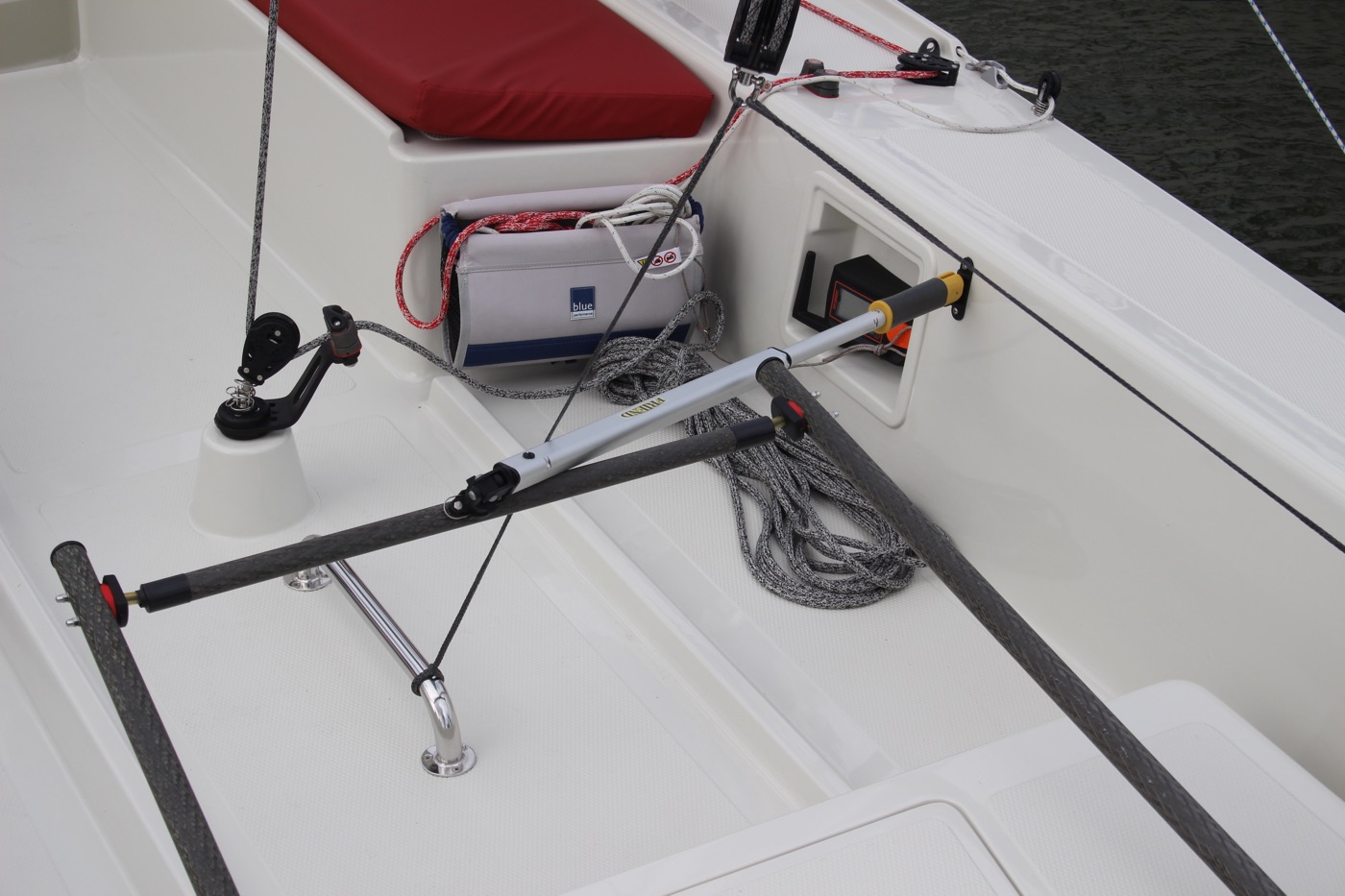
A Valuable Helper
So you see, it isn't at all complicated. Once you get on a boat to test this out, you will find that operating the main traveler is rather intuitive, most of the time very simple, regardless of what system is in place. It is not a complicated piece so it should be relatively straightforward how to manipulate with it, even without a manual. And as apparent, it can make your journey quite a bit more effective and fun.
It is exactly this type of little skills you can have that make all the difference between a weekend cruiser and a sailor. Don't get me wrong, there is nothing wrong with leisure sailing even if you are a bit lazy about it. After all, sailing is about fun, passion for the seas and boats - that should be on top of the hierarchy.
That being said, I strongly encourage anyone half interested in sailing to learn as much as possible about operating a sailboat. Most sailors use perhaps one-third of the boat's equipment, the bare minimum that makes their vessel move. And while the basic setup is not that complicated, this should only be good news for those without many skills, since they can go and sail even if they are in a relatively early stage of their learning process.
But once you are familiar with the basics, knowing how to trim correctly, shape the sails in the right way and select the proper course adds a lot even to a leisure cruise and most importantly can save your boat and keep you safer when the seas get rough. Which will happen sooner or later?
In short, there should not be a single rope on board that you don't know the function of and aren't using unless that is your deliberate choice. Luckily enough, these days the internet is full of articles and videos about sailing and you can learn quite a lot from the comfort of your home. This site is an example of this. So go ahead, skim through the Improve Sailing guides and become the best you can be.
To cite Sir Francis Bacon, “Knowledge is power.” In our case, knowledge is speed, comfort, and safety.
Fair winds and safe travels to you all!
Did you find the answer to your specific question?
👍 103 👎 3
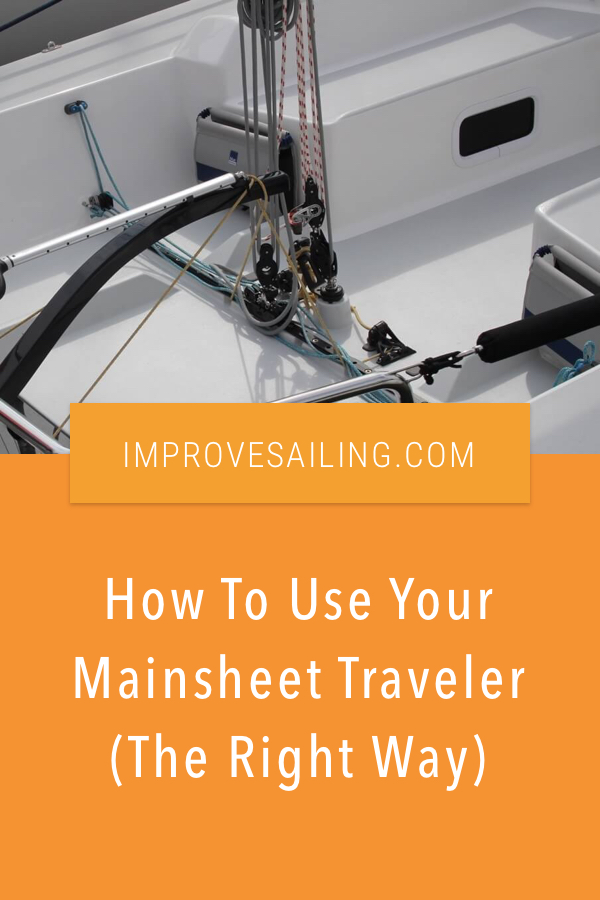
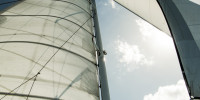
Comments
DAVID DONNELLY
Thank you for all your efforts in putting these materials together. For a neophyte like myself, I have found the information to be not too complex, but with lots of links to explain matters more fully. Much appreciated and, again, thank you.
vihan rana
https://sattakingtrust.in
vihan rana
<a href=”https://sattakingtrust.in/">satta king</a>
<a href=”https://sattakingtrust.in/">gali result</a>
<a href=”https://sattakingtrust.in/">desawar result</a>
<a href=”https://sattakingtrust.in/">satta king</a>
<a href=”https://sattakingtrust.in/">gali result</a>
<a href=”https://sattakingtrust.in/">desawar result</a>
Leave a comment